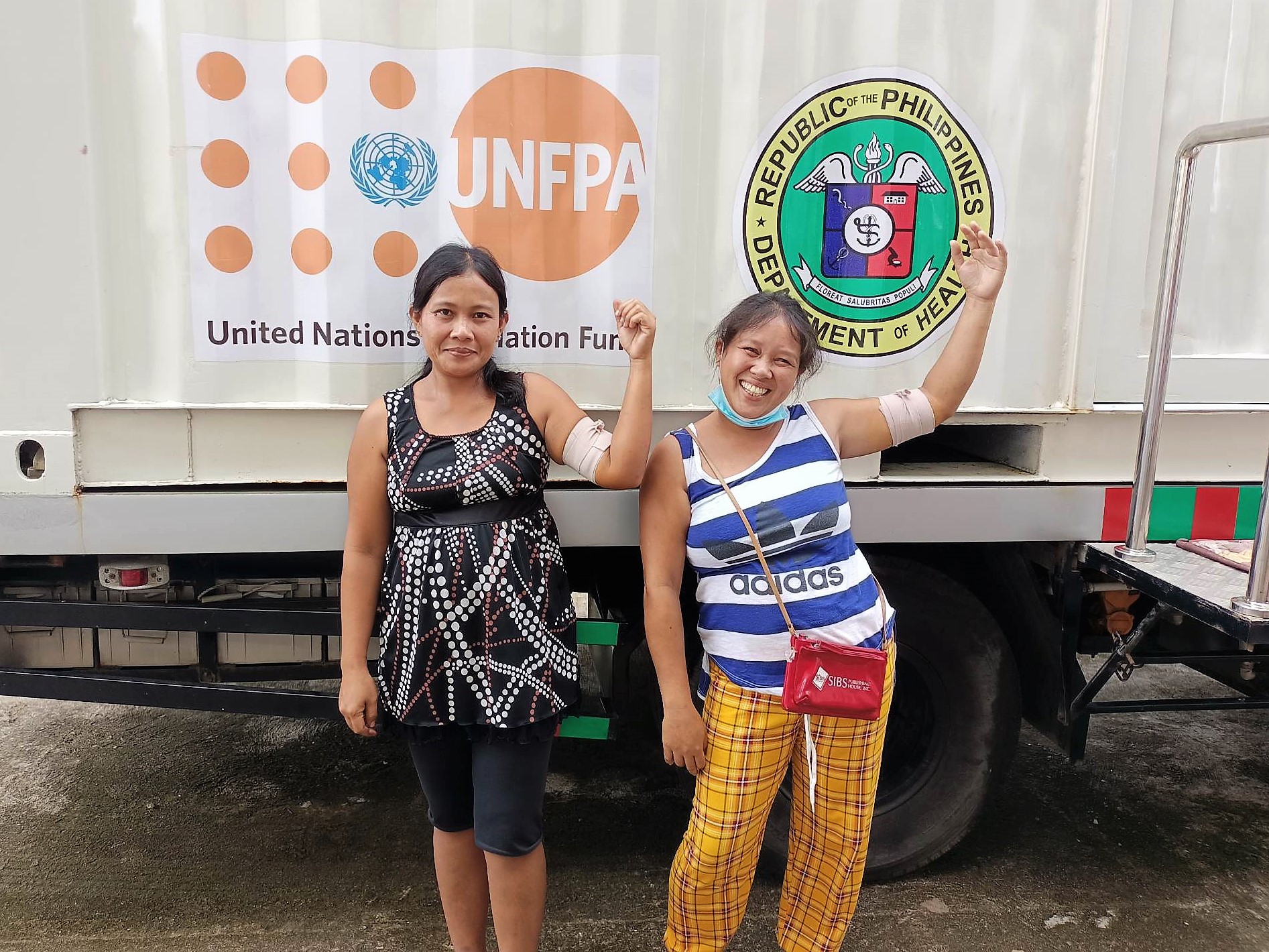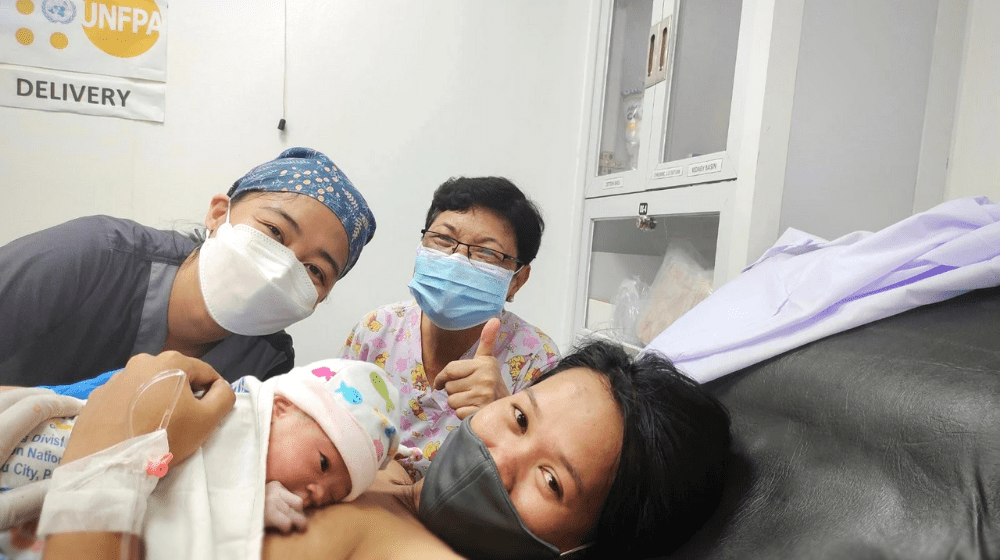When Typhoon Odette (international name: Rai) struck the Philippines in December 2021, it left a trail of destruction, leaving thousands of families homeless and many government and health facilities damaged or destroyed by strong winds and landslides.
The rural health unit serving Himbangan village in St. Bernard, Southern Leyte town was among those heavily damaged.
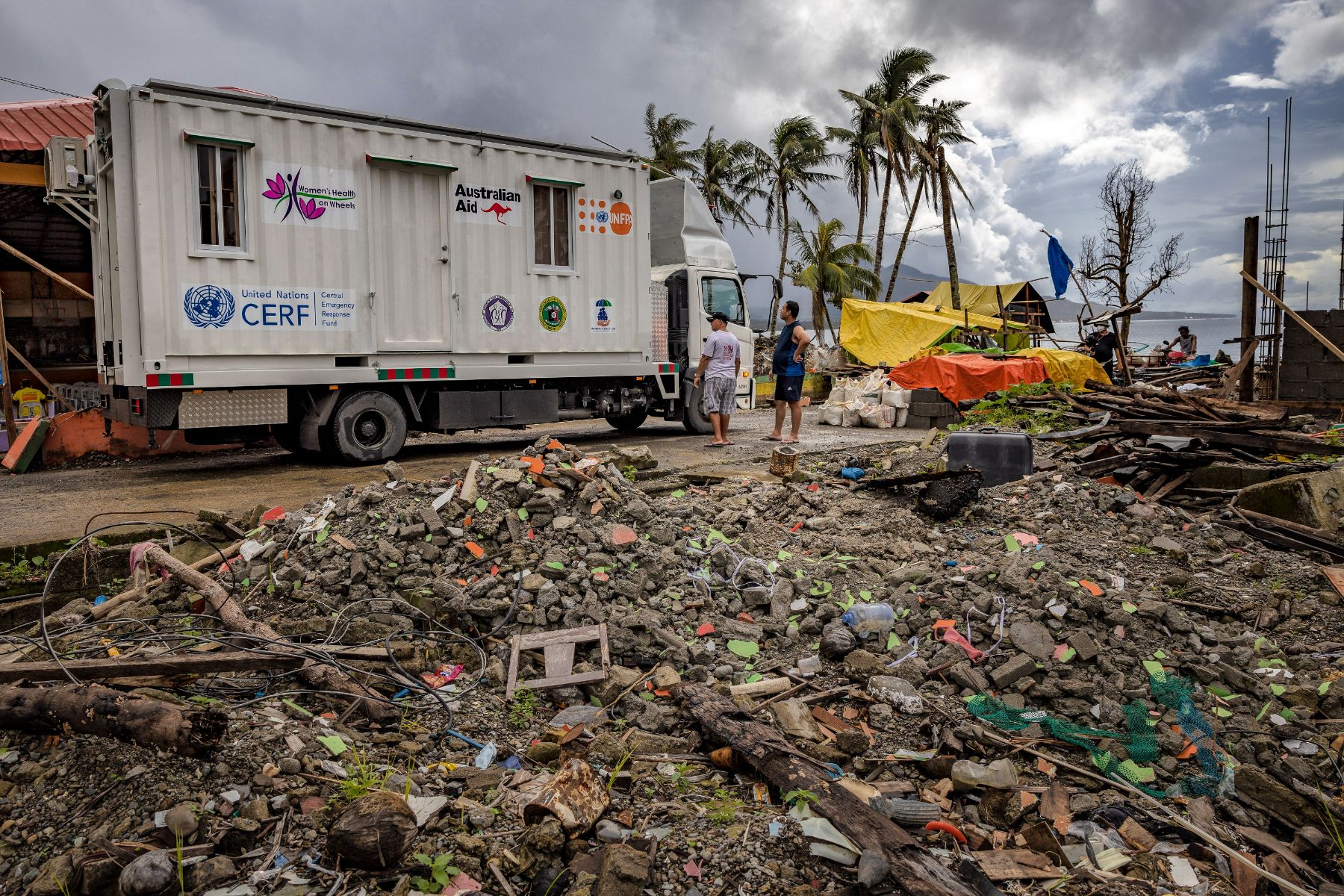
Fortunately, the Women’s Health on Wheels (WHoW) was already deployed by the United Nations Population Fund (UNFPA) Philippines in Eastern Visayas under the support of the Australian Government-funded project “Enhancing the Capacity to Respond to Sexual and Reproductive Health and Gender-based Violence in Emergencies” and the United Nations Central Emergency Relief Fund (CERF). WHoW is a mobile birthing facility that provides ad hoc maternal and reproductive health care for women during times of emergencies.
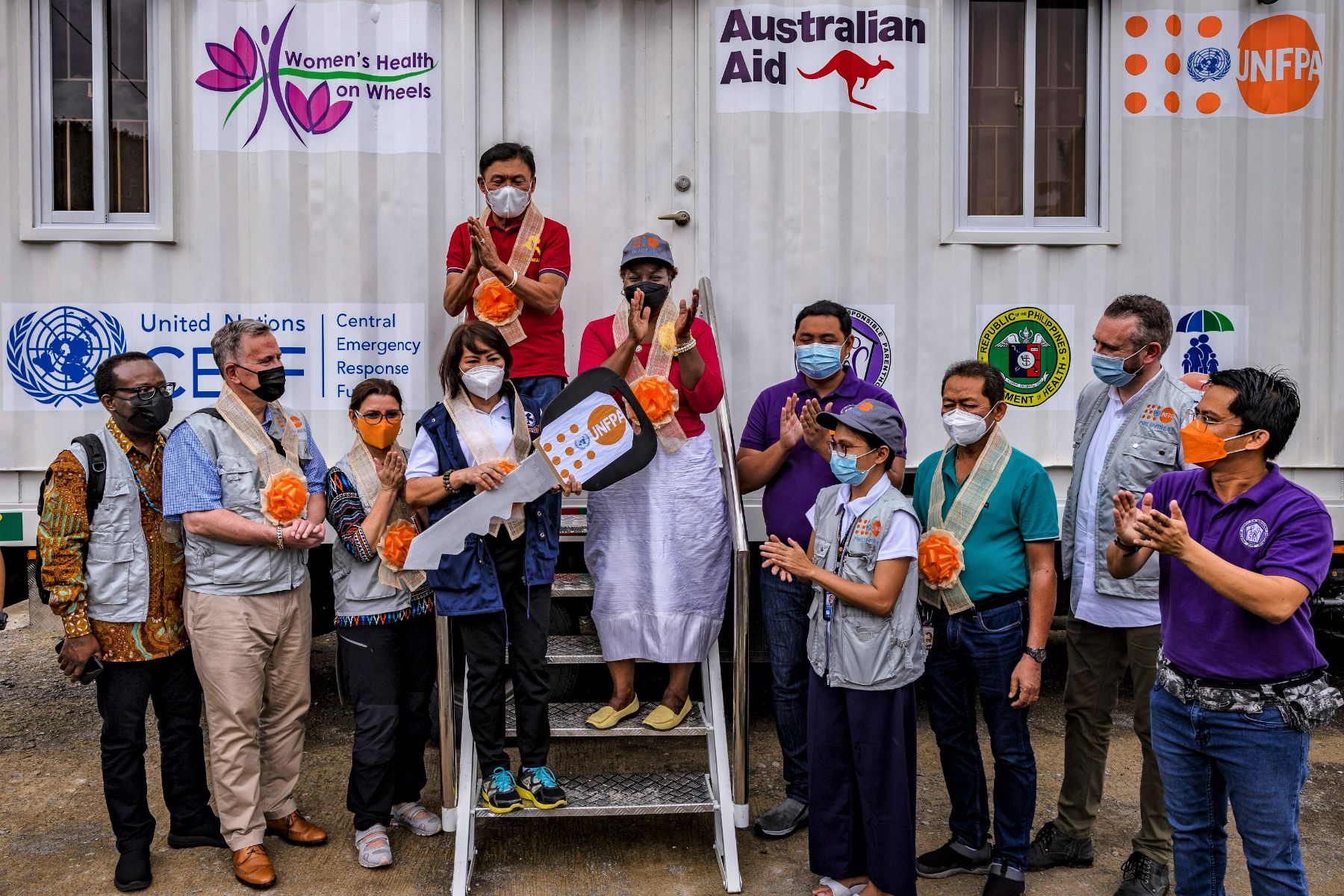
Midwife supervisor Edna Tumandao of the neighboring province Eastern Samar was not as badly-hit by Typhoon Odette so their governor decided to send them on a “solidarity mission” to Southern Leyte.
“During Supertyphoon Yolanda (international name: Haiyan), other provinces helped us. In return, our provincial health officer and governor wanted to give back, which was why they sent us on a solidarity mission to augment health services for women and children (in Southern Leyte),” Edna explained.
For two months, the WHoW truck was deployed in St. Bernard town. From 2022 to 2023, the WHoW truck was able to cater to 419 women in St. Bernard, Southern Leyte as part of the Typhoon Odette rapid response. The women were able to receive multiple check-ups with at least 3 women giving birth in the truck, Edna recalled.
In Eastern Samar, it was able to service at least 791 women who were in need of pre-natal check-ups or family planning services.
“It’s a very nice facility. It’s complete with air-conditioner, delivery table, waiting room, a bed and other facilities. It’s like a mini-hospital,” she said.
Edna, together with an obstetrician and a nurse, were able to provide prenatal check-ups and normal delivery to the residents of nearby villages. Those who needed additional laboratory tests or were candidates for cesarean delivery were referred to the nearby facilities.
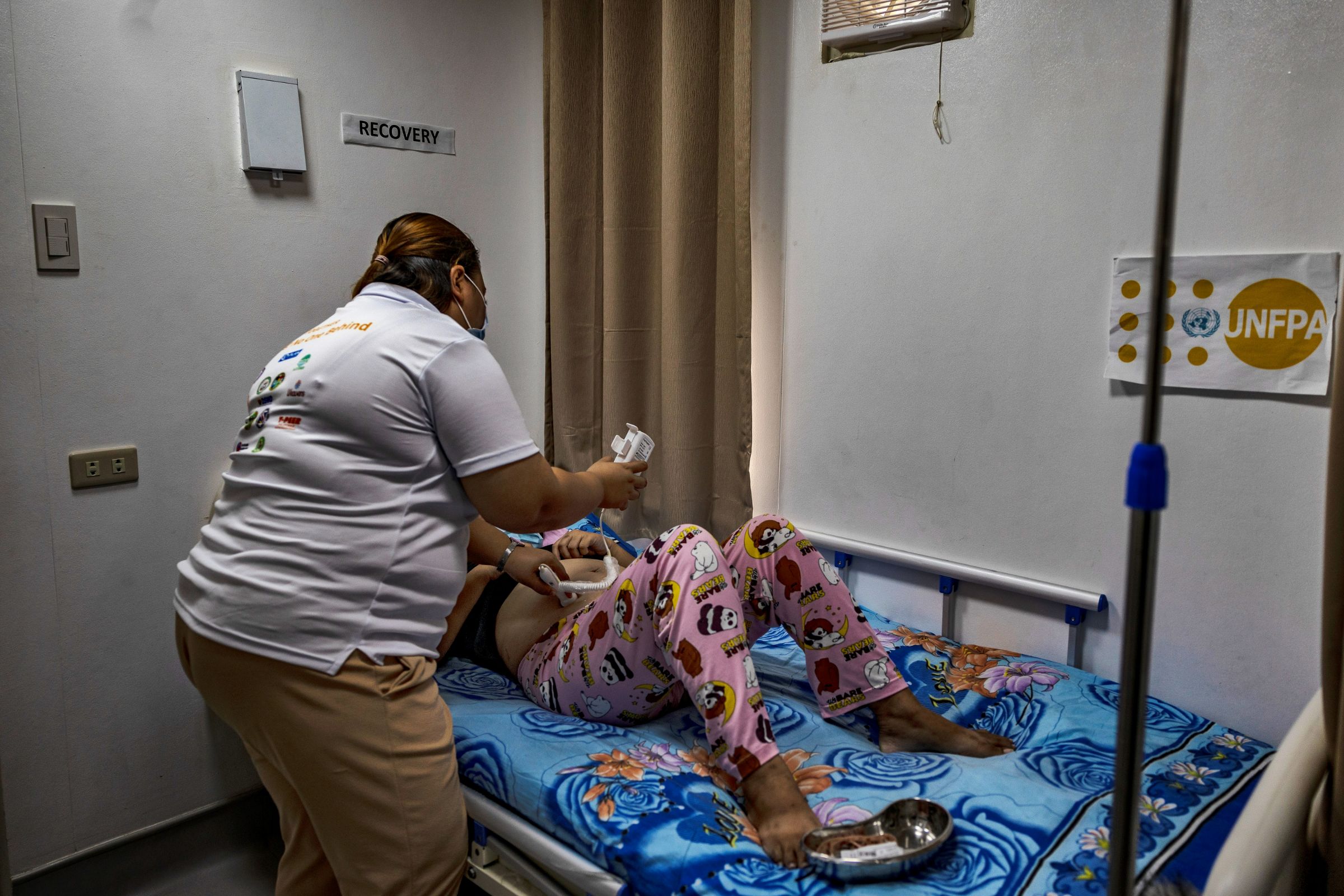
Mariel, a second-time mother, was the very first to give birth in the mobile clinic.
Edna said the mother arrived in the afternoon of Valentine’s Day (February 14, 2022). The team was calm and confident that they would be able to provide the needed care. READ MORE: Hope on Wheels
In conversations with UNFPA, Mariel said she was scared about the safety of her baby because the typhoon heavily damaged health facilities. But she was relieved to learn about the WHoW truck and its services.
By evening, baby Heart Eunne Faye was born. Her name is a reference to Valentine’s Day and the name of UNFPA. READ MORE: Putting humanitarian heroes in the spotlight
Once the town of St. Bernard was able to recover, the WHoW truck returned to Eastern Samar, where it has been repeatedly used for medical missions to remote areas.
Such medical missions ensure that high-risk pregnant mothers are able to get prenatal services, which normally involve checking for vital signs, weight, blood pressure and physical examination. The provincial health team also uses the truck for family planning services, including the application of contraceptive implants.
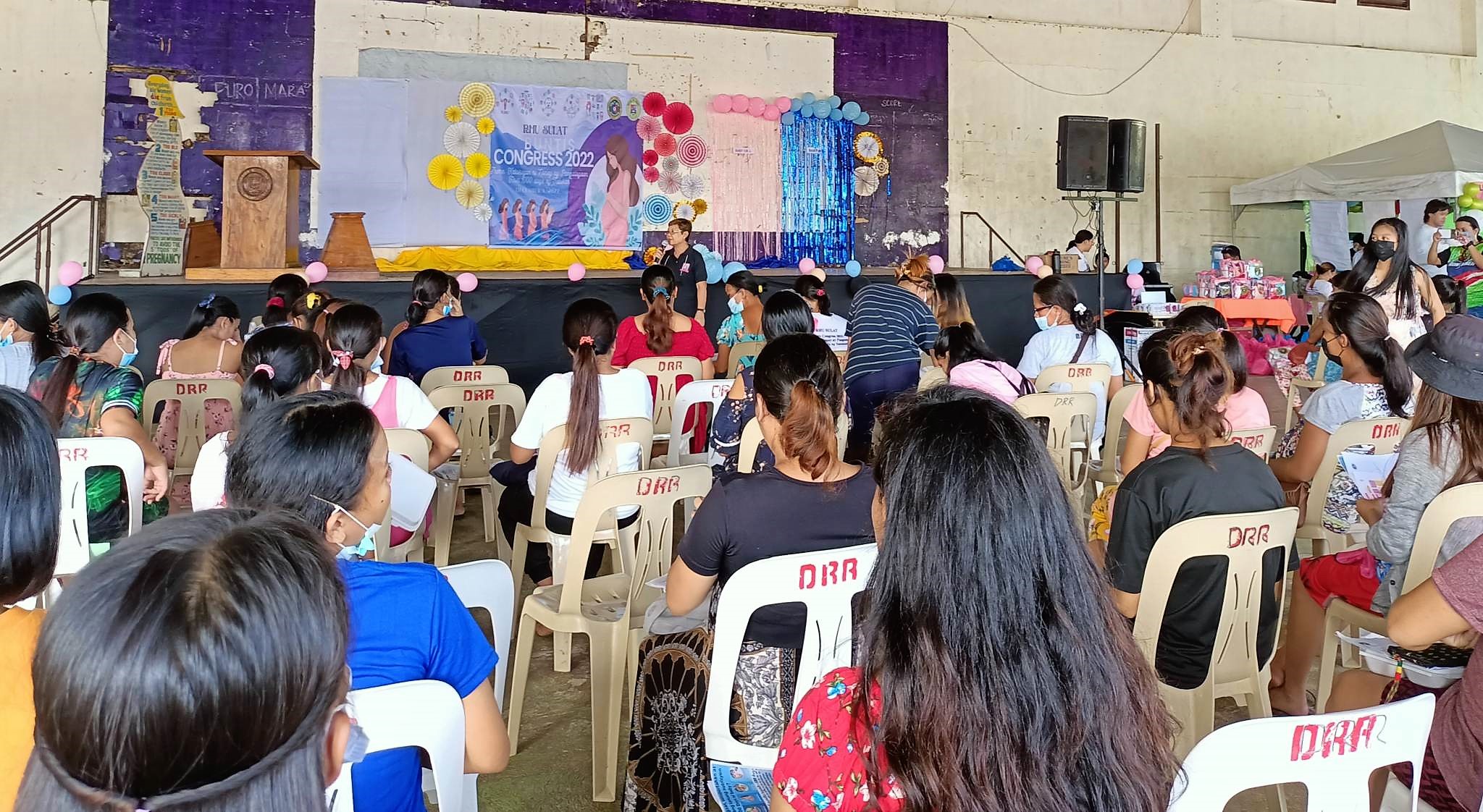
Edna said they would sometimes encounter mothers who have never had any medical check-ups.
“Quality prenatal services are important for early detection of abnormalities and complications to avoid maternal mortality,” said Edna, who has been working as a midwife for 25 years already.
In 2019, 1,458 women died of maternal causes; this number increased to 2,478 in 2021. That is around 6 to 7 Filipino women dying daily due to childbirth. During emergencies, when access to maternal health services is disrupted, more women die during pregnancy and childbirth. Outside the context of emergencies, 14% of Filipino pregnant women do not get regular check-ups and the other necessary medical care.
This is why innovative solutions such as mobile birthing facilities are important during times of disasters and recovery, and especially for remote areas.
